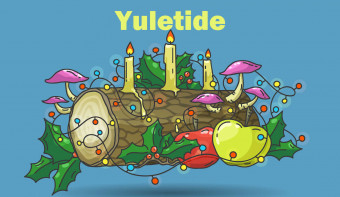About Winter Solstice
For six months now, the days have grown shorter and the nights have grown longer in the Northern Hemisphere - but that's about to reverse itself. The winter solstice marks the shortest day of the year in the Northern Hemisphere when the sun appears at its most southerly position, directly overhead at the faraway Tropic of Capricorn.
Winter solstice traditions and celebrations
It's no surprise many cultures and religions celebrate a holiday -- whether it be Christmas, Hanukkah, Kwanzaa or pagan festivals -- that coincides with the return of longer days.
Ancient peoples whose survival depended on a precise knowledge of seasonal cycles marked this first day of winter with elaborate ceremonies and celebrations. Spiritually, these celebrations symbolize the opportunity for renewal, a shedding of bad habits and negative feelings and an embracing of hope amid darkness as the days once again begin to grow longer.
Many of the ancient symbols and ceremonies of the winter solstice live on today.
Dongzhi
Though celebrations at this time of year in the West happen four days later, In China, the Winter Solstice is still celebrated as the Dongzhi Festival.
In Chinese, Dongzhi means 'extreme of winter' and the Dongzhi festival marks the Winter Solstice in the Northern Hemisphere.










